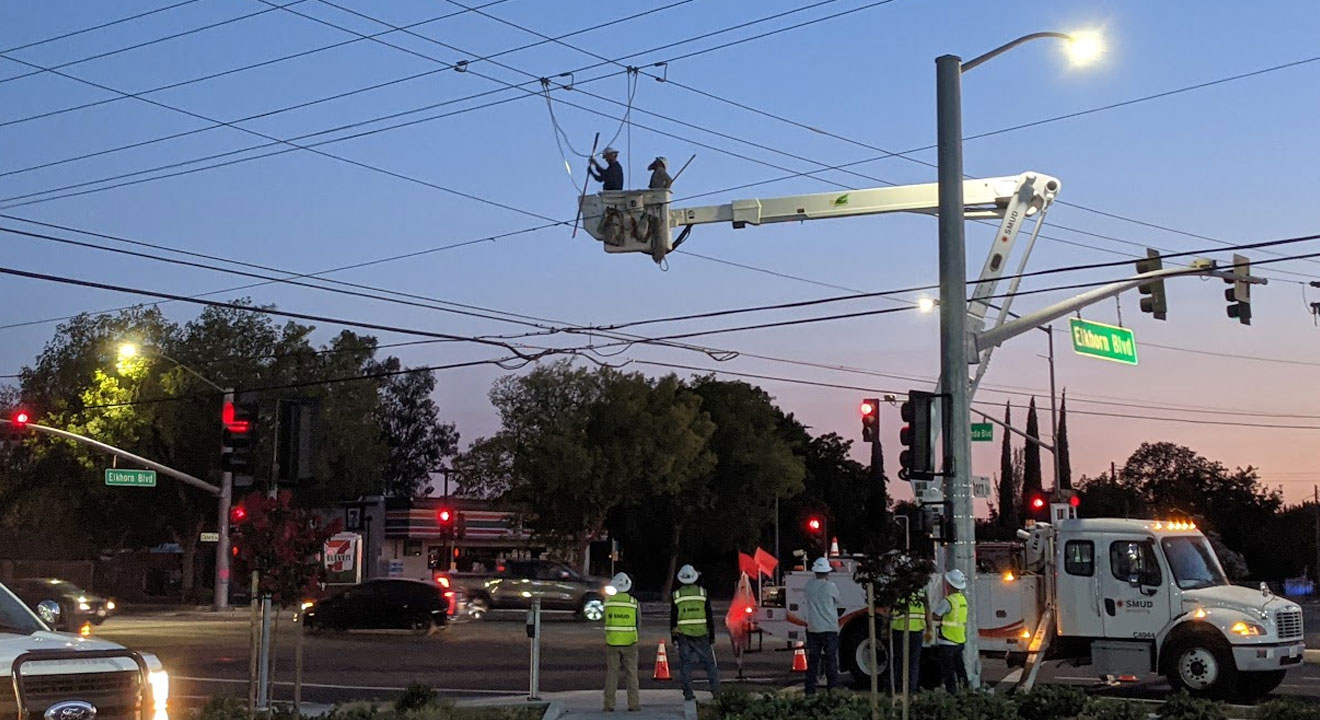Article Date: Thursday, March 12, 2020
Based on guidance released yesterday from the Centers for Disease Control (CDC) and the California Department of Public Health (CDPH), Sacramento County announced today its recommendation that non-essential gatherings with more than 250 people should be postponed or canceled at least until the end of March in order to slow the transmission of COVID-19. Smaller events may proceed if organizers can implement social distancing of six feet per person.
This announcement follows the CDC and CDPH guidelines to mitigate community transmission of COVID-19. The CDC’s mitigation guidelines are in line with Sacramento County’s contact tracing reduction for individuals who may have had possible exposure to COVID-19 but are not showing symptoms.
The California State Department of Public Health (CDPH) defines a “gathering” as “any event or convening that brings together people in a single room or single space at the same time, such as an auditorium, stadium, arena, large conference room, meeting hall, cafeteria, or any other indoor or outdoor space.” The CDPH policy, which defines essential and non-essential gatherings, can be found here.
At this time, Sacramento County’s level of community transmission or impact of COVID-19 is “minimal to moderate.” Sacramento County is recommending CDC mitigation guidelines for that category:
Individuals and Families at Home:
- Continue to practice personal protective measures, such as:
- Washing hands often with soap and water for at least 20 seconds
- Avoid touching your eyes, nose and mouth with unwashed hands
- Avoid close contact with people who are sick
- If a person is showing symptoms—fever, cough, shortness of breath, they are advised to stay home for a minimum of seven days from the start of symptoms.
- Gatherings of individuals who are at higher risk for severe illness from COVID-19 should be limited to no more than 10 people. This includes gatherings such as those at retirement facilities, assisted living facilities, developmental homes, and support groups for people with health conditions. People at higher risk for COVID-19 complications are adults who are 60 years or older and individuals with several chronic medical conditions like heart, lung, or kidney disease.
- Continue to monitor local information about COVID-19 in your community. Visit Sacramento County’s COVID-19 webpage.
Schools:
- Implement social distancing measures:
- Reduce the frequency or postpone large gatherings (e.g. assemblies) and limit the number of attendees per gathering.
- Alter schedules to reduce mixing (e.g. stagger recess, entry/dismissal times)
- Limit inter-school interactions
- Consider distance or e-learning in some settings
- Short-term dismissals for school and extracurricular activities as needed for cleaning and contract tracing.
- Students at increased risk of severe illness should consider implementing individual plans for distance learning, e-learning.
Workplace:
- Encourage staff to telework (when feasible), particularly individuals at increased risk of severe illness.
- Implement social distancing measures
- Increase physical space between workers at the worksite
- Stagger work schedules
- Decrease social contacts in the workplace (e.g. limit in-person meetings, meeting for lunch in a break room, etc.)
- Limit large work-related gatherings (e.g. staff meetings, after work functions)
- Limit non-essential work travel
Community and Faith-Based Organizations:
- Implement social distancing measures:
- Determine ways to continue to provide support services to individuals at increased risk of severe disease (services, meals, checking in) while limiting group settings and exposures.
- Cancel large gatherings (e.g., more than 250 people) or move to smaller groupings.
- Small gatherings held in venues that do not allow social distancing of six feet per person should be postponed or canceled. This includes gatherings in crowded auditoriums, rooms or other venues.
- For organizations that serve high-risk populations, cancel gatherings of more than 10 people.
Healthcare Settings and Healthcare Providers:
- Implement changes to visitor policies to further limit exposures to healthcare personnel, residents, and patients. Changes could include temperature/symptom checks for visitors, limiting visitor movement in the facility, etc.
- Implement triage before entering facilities (e.g. parking lot triage, front door), phone triage and telemedicine to limit unnecessary healthcare visits.
- Actively monitor absenteeism and respiratory illness among healthcare personnel and patients.
- Actively monitor personal protective equipment (PPE) supplies.
- Establish processes to evaluate and test large numbers of patients and healthcare professionals with respiratory symptoms.
- Consider allowing asymptomatic exposed healthcare personnel to work while wearing a facemask.
- Begin to cross-train healthcare professionals for working in other units in anticipation of staffing shortages.
Public Health Departments:
- May reduce contact tracing if resources dictate, prioritizing those in high-risk settings (e.g. healthcare professionals or high-risk settings based on vulnerable populations or critical infrastructure).
- Continue COVID-19 testing of symptomatic persons; however, if testing capacity limited, prioritize testing of high-risk individuals.
- Encourage healthcare professionals to more strictly implement phone triage and telemedicine practices.
For more information, visit Sacramento County’s COVID-19 webpage.
Please email media interview requests to COVIDMedia@saccounty.net, and the Public Information office will get back to you with availability.
CONTACT INFO:
COVIDMEDIA@SACCOUNTY.NET, SACRAMENTO COUNTY PUBLIC INFORMATION OFFICE















